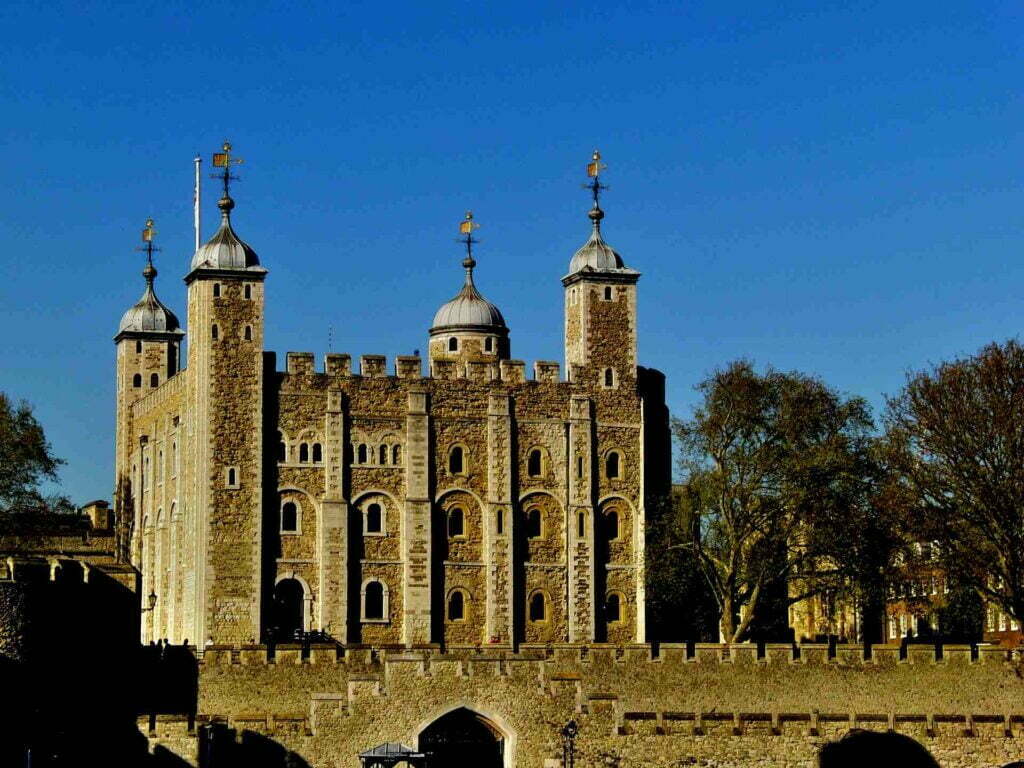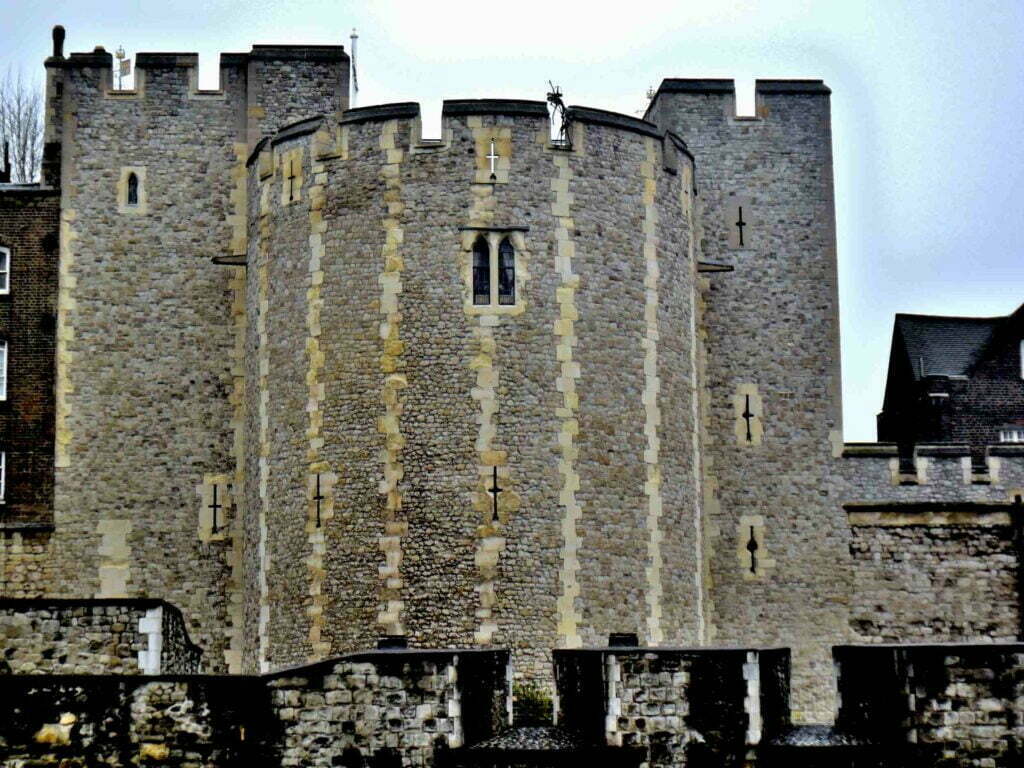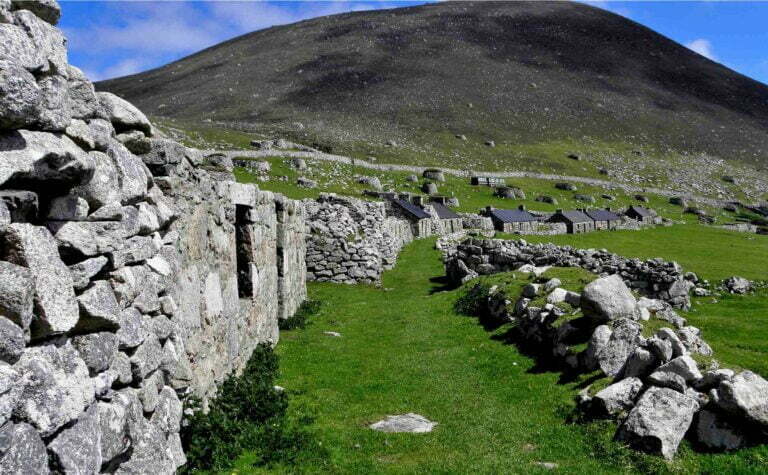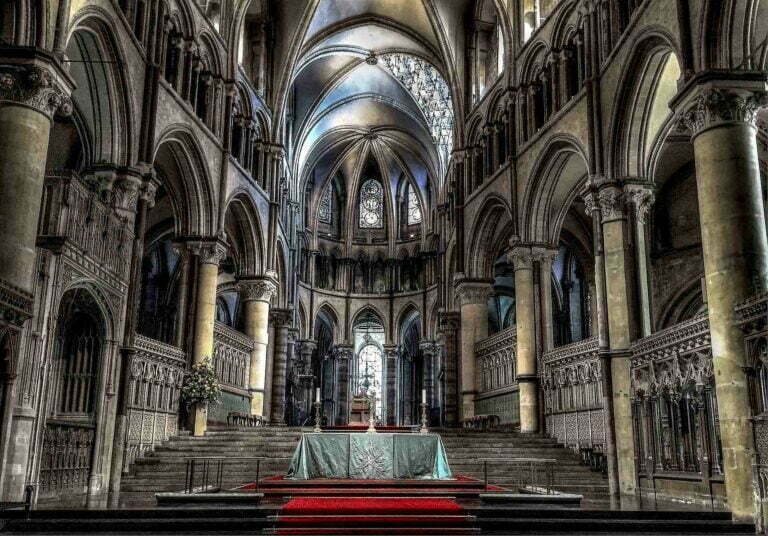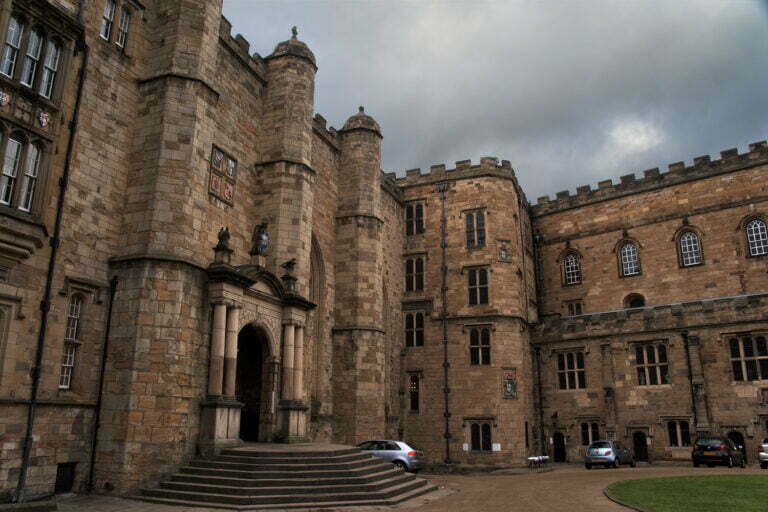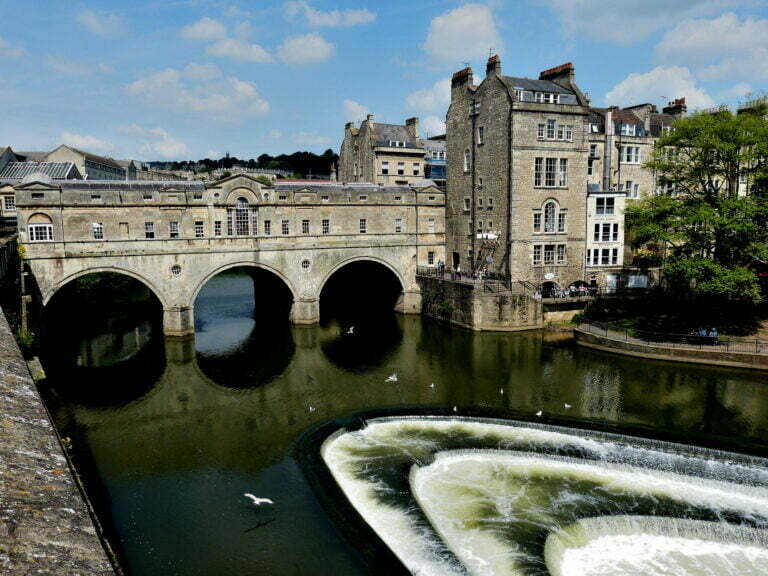Tower of London, sometimes known as the Tower, is a royal fortification and a famous London landmark in the UK. Its structures and grounds have served as a royal palace, a political prison, an execution site, an armory, a royal mint, a menagerie, and a public records office throughout history.
Tower of London history
Tower London is situated on the north bank of the Thames, in the far western part of the borough of Tower Hamlets, on the outskirts of London’s core city.
William I the Conqueror began erecting fortifications on the site shortly after his coronation (Christmas 1066) in order to dominate the local mercantile community and control access to the Upper Pool of London, the major port area prior to the construction of docks further downstream in the 19th century.
The central keep, known as the White Tower, was built of limestone from Caen, Normandy, in around 1078, close to the old Roman city wall.
The fortifications were extended beyond the city wall during the 12th and 13th centuries, with the White Tower serving as the nucleus of a series of concentric defenses encircling an inner and outer ward.
Tower of London inside
The White Tower is surrounded by a “curtain” of 13 towers, the most well-known of which are the Bloody Tower, the Beauchamp Tower, and the Wakefield Tower.
The moat, which was originally fed by the Thames but has been drained since 1843, surrounds the outer curtain. Outside the moat, the wall has gun embrasures; opposite them, contemporary artillery pieces are ceremonially fired on state occasions.
The entire London tower complex is 18 acres (7 hectares) in size. The single access from the land is at the southwest corner, from the City; the 13th-century watergate was heavily utilized when the river was still an important London thoroughfare.
Traitors’ Gate got its name from the captives who were carried through it to the Tower, which was once a state jail. Arms and armour from the early Middle Ages to present times are housed in the armouries.
They now inhabit the White Tower and a later 17th-century brick building alongside it. The Royal Armouries, which administers much of this collection, relocated to a new museum location in Leeds in 1996.
The Tower was a royal palace until the 17th century, and it housed the Royal Menagerie from the 13th century to 1834 (the Lion Tower).
The Tower of London was used as a jail and a site of execution for political offenses during the Middle Ages, with most captives being put to death (murdered or executed) on Tower Green or on Tower Hill, outside the fortress.
Sir Simon Burley (in 1388), a Richard II adviser and tutor; Edmund Dudley (1510), a statesman; Sir Thomas More (1535); Anne Boleyn (1536), Henry VIII’s second wife; Lady Jane Grey and her husband, Lord Guildford Dudley (1554); and the 11th Lord Lovat, Simon Fraser (1747), a Scottish Jacobite leader, were among those killed. Several spies were killed by firing squads there during World War I.
The Princess Elizabeth (later Elizabeth I), who was temporarily imprisoned by Mary I on suspicion of conspiracy; soldier and conspirator Guy Fawkes; adventurer Sir Walter Raleigh; and Sir Roger Casement, who was jailed for treason during World War I, were among the prominent detainees.
Edward V, the adolescent king, and his younger brother were last seen in the Tower in 1483, shortly before their disappearance and presumed murder.
The British crown jewels and regalia were maintained in the underground Jewel House until 1994, when they were moved to a larger aboveground building.
Restoration work was done in different portions of the tower during the 1990s, most notably in the medieval apartments in Wakefield and St. Thomas’s towers.
Within the Tower, a military garrison is kept, and the precincts form a “liberty” outside of local jurisdictions. A constable, who is now invariably a field marshal, guards it for the sovereign.
There is a resident governor, who is in command of the yeoman warders, or “beefeaters,” as they are known, and lives in the 16th-century Queen’s House on Tower Green.
They still dress in Tudor outfits and live in the Tower, with tasks that include leading tours for the Tower’s two to three million annual visitors.
Ravens London tower
The yeoman ravenmaster keeps ravens with cut wings on the grounds; legend has it that if the ravens leave the tower, the fortification and the state will fall.
Tower Bridge (1894), the sole central-city bridge spanning the Thames below London Bridge, is located near the Tower. In 1988, the stronghold was named a UNESCO World Heritage Site.
